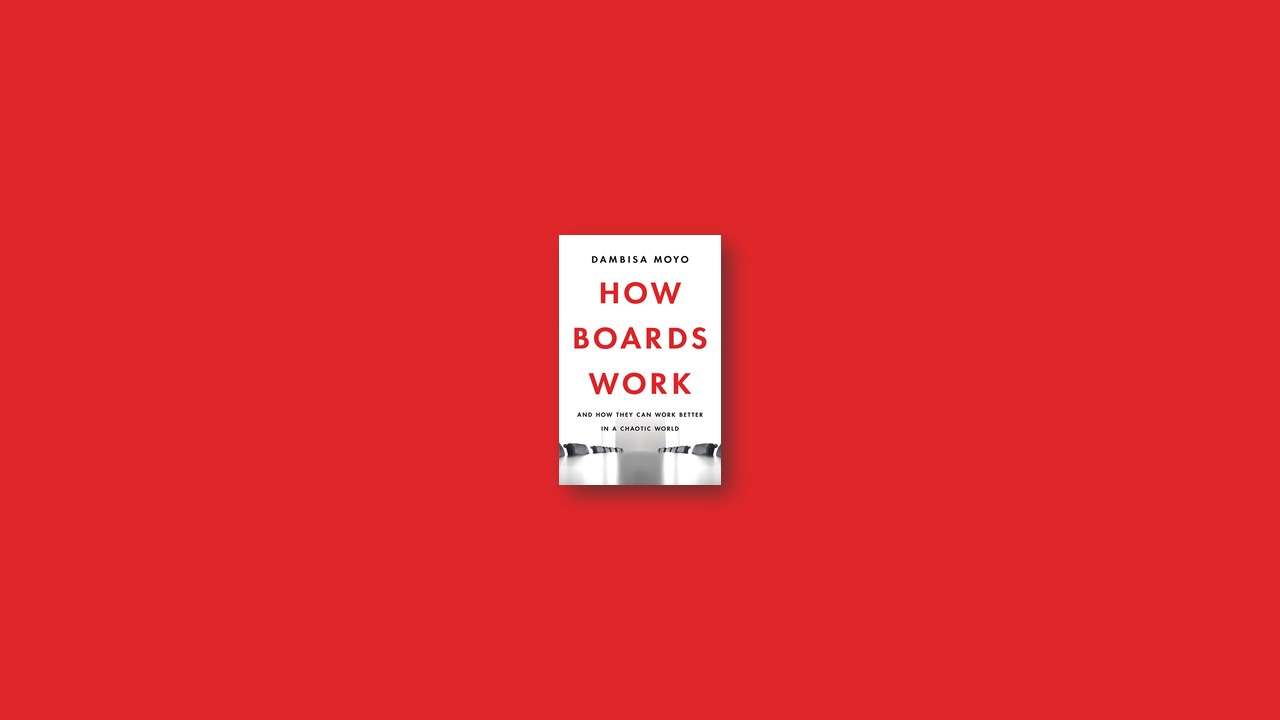Setting the Company Strategy
Beyond the normal challenges of incomplete data producing a bad strategy and poor execution undoing a good strategy, boards face an increasingly hostile environment for setting strategy in the first place. As such, there is a distinction between these normal challenges that will probably always exist and the broader uncertainties that loom, including geopolitical turmoil, economic stresses, and changing customer preferences. It is impossible to overstate the escalating risks that boards will face in the coming years.
What will distinguish the most successful companies’ performance is the ability of their boards and management to constantly identify, quantify, and mitigate these risks. There will be important trade-offs for boards to assess as they determine the company’s strategy. To achieve the best outcomes possible, companies will need to regularly update the risk tools, data, and models upon which the board’s strategic decisions rely.
Boards are asked to make and endorse critical, win-lose strategic decisions about the companies they serve in an environment of limited knowledge and while facing a fundamental unpredictability of future events. This frame, called Knightian uncertainty after the University of Chicago economist Frank Knight, underscores the central challenge of strategy setting for a board: risk can be measured and managed, but uncertainty is unquantifiable and thus much harder to mitigate.
A number of critical risks determine the corporate winners and losers of the future. These risks include short-termism, fast-evolving technology, and rising protectionism. The best boards are continuously striving to put in place a strategy that survives come hell or high water—a strategy that does more than just generate profits but carries the company through the very worst market conditions, winning in all environments. As we will see in the next chapter, executing this strategy requires the very best leadership—not only from the board, but also from the CEO. This is why leadership selection is such a critical task for the board.
Hiring (and Firing) the CEO—and the Board
A good board can be identified by the way it goes about its business. One overriding principle should be that independent board members are there to oversee management, not to manage the day-to-day operations of the company. In this respect, you know a good board when you see it.
Other necessities include transparency in the board structure, clear delineation of the roles and responsibilities among board members, and strong, independently minded, and engaged directors. The chairman plays a central role in guiding and chaperoning board members, helping them navigate the board agenda, and making sure the board fulfills its mandate. The chairman’s leadership ensures that all matters are discussed fully—but prevents spending limitless time on individual agenda items—and that all members make useful and valuable contributions to board discourse. In short, a good chairman makes certain that the board gets the best out of all its members.
Nevertheless, bad things do happen to good boards. There are many times when boards are asked to suspend their ideological views for the sake of the company’s future. In these moments, the judgment of the board—both individual members and the board as a collective—becomes critical. For example, when presented with complex decisions, the board generally exercises its judgment and discretion under a shroud of uncertainty, since board members simply do not have all the information they need. At these moments, it is the judgment of the board that reigns supreme and ultimately seals a company’s fate.
Beyond natural attrition owing to age limits and term limits, refreshing the board is considered a best practice for leading corporations. Through annual performance reviews, boards go through membership changes and succession across committees. This process allows renewal of the board and is a natural way to avoid free riding and encourage active participation. Of course, this mechanism also allows for adjustments to be made when directors are not a good fit with the rest of the board. It is fair to say that many of the positive and negative attributes of a board are only visible internally—among the board itself, to the senior management team, and on occasion to third-party advisors.
A Culture Revolution Enters the Boardroom
Today’s corporations are being called on to say what they think about emerging societal issues, matters about which governments would traditionally be expected to lead and legislate. Pay parity, obesity, gender equality, racial equality, gay rights, gun control, climate change, mental health, worker rights, parental leave, and sexual harassment are among the issues on the long list shaping a new cultural frontier that go well beyond the nonnegotiables described above.
Milton Friedman’s doctrine of shareholder primacy has lost its luster in recent years amid the growing expectation that corporations should contribute more to society and social progress via the environmental, social, and governance (ESG) agenda. Warren Buffett, chairman and CEO of Berkshire Hathaway, has questioned the legitimacy of corporations taking a moral view on questions facing society. He argues that social change should be led by governments, not corporations.
What is a corporation’s social responsibility? It is increasingly apparent that companies are taking on a more central role in addressing social concerns and thereby coming closer to meeting the demands of society. Around the world, many citizens have become skeptical of capitalism, the pursuit of economic growth, and the dominance of the private sector. This widespread mistrust of market capitalism means that conventional wisdom—such as Friedman’s opinion on the narrow responsibility of a corporation, economist Ronald Coase’s argument that the corporation is the best structure to lower costs, and general beliefs that only the corporate model can create real economic value at scale—is due for a reboot. Part of this rethinking is that corporations are now expected—by employees, investors, governments, and society at large—to become outright agents of change. This puts these cultural issues firmly on the board’s agenda, with expectations that boards and management take action.
On one level, these new responsibilities may seem like common-sense priorities, but they can be difficult for boards and corporations to navigate. They introduce new complexities, trade-offs, and decisions—particularly as companies aim to compete in the global marketplace, because some countries have lower or different standards on these social issues. Even if boards and management are resistant to making changes, NGOs and the broad array of stakeholders—ratings agencies, governments and regulators, insurers, and even financial investors—are now united in demanding that boards and management take a broader view of social issues while running global corporations.
Of course, there are many areas in which governments have already passed laws and set regulations. Yet other areas remain—for example, obesity and mental health—where government intervention has been patchy and often limited, leaving corporations under pressure to fill in the void.
Innovate or Die: The Existential Crisis of the Twenty-First-Century Board
Former president Barack Obama has observed that “by the time something reaches my desk, that means it’s really hard. Because if it were easy, somebody else would have made the decision and somebody else would have solved it.” His words capture the value of having an ultimate arbiter, such as a board, who takes responsibility for making the hardest decisions.
What all of this points to is that boards and their directors must continue to justify their existence and their authority. In order to maintain high standards, boards must be assertive in how they reform themselves in response to the transformation of the environment around them.
For now, the law of the land is very clear: the true north for a company remains shareholder value. But things are changing, and in the years ahead there must be more focus on social and environmental concerns. The best boards are not waiting for new laws; they are already reviewing their practices and experimenting with fresh ideas. Today’s boards must be even more focused on how to prepare for the future.
Over the course of a board member’s career, a board will likely be charged with making just one or two key decisions that have the potential to fundamentally change the trajectory of the company and seal its fate. Board members of today should remember that past boards built the foundation from which today’s companies can grow and compete. They must recognize, too, that they will eventually pass the baton to the board of the future.
Today’s board members are custodians whose job it is to strengthen the company’s foundation, upon which board members of the future will continue to grow and run the business. Ultimately, this means corporate board members must embrace humility rather than hubris, remaining vigilant and malleable, as they lead in an increasingly chaotic world.


